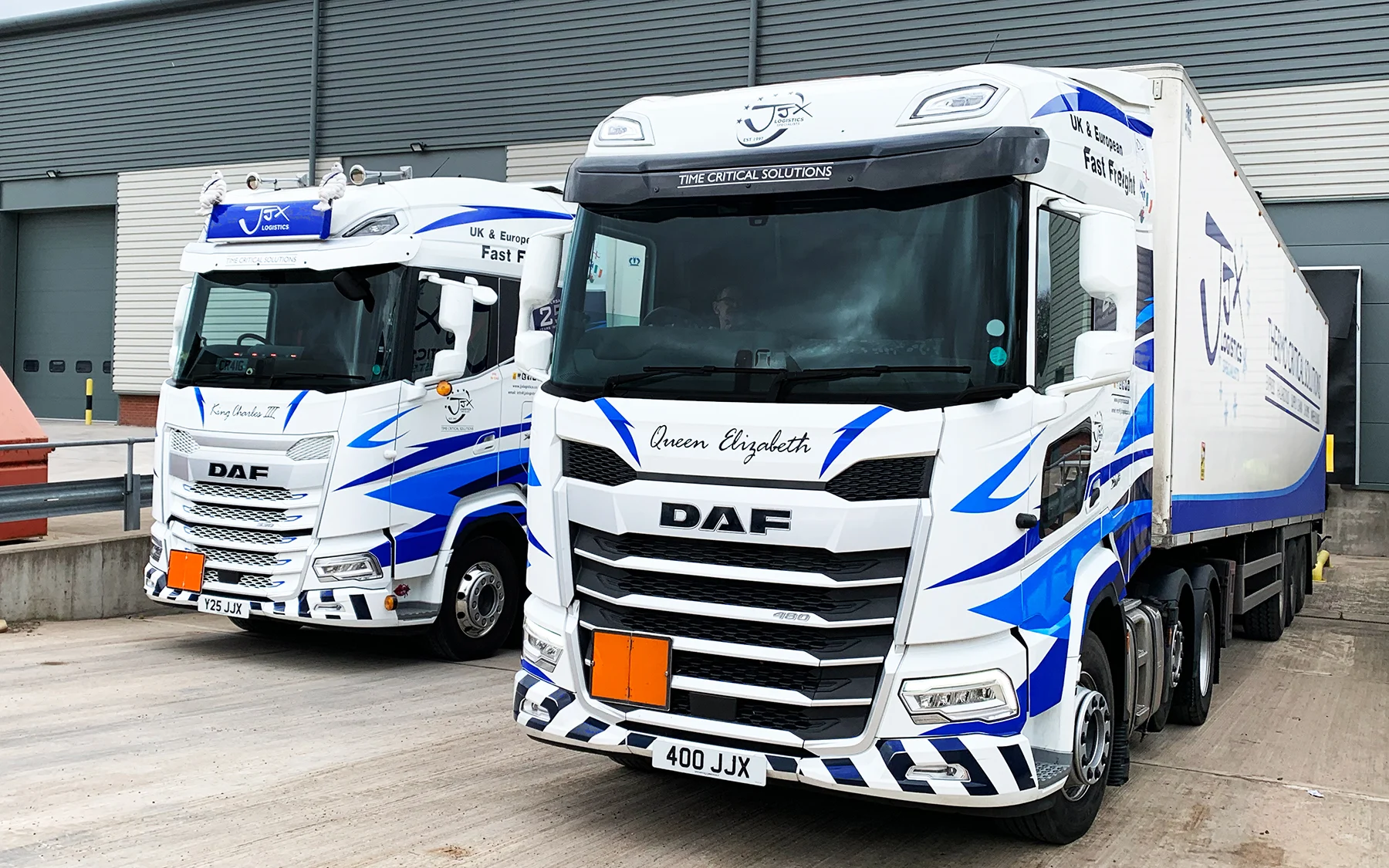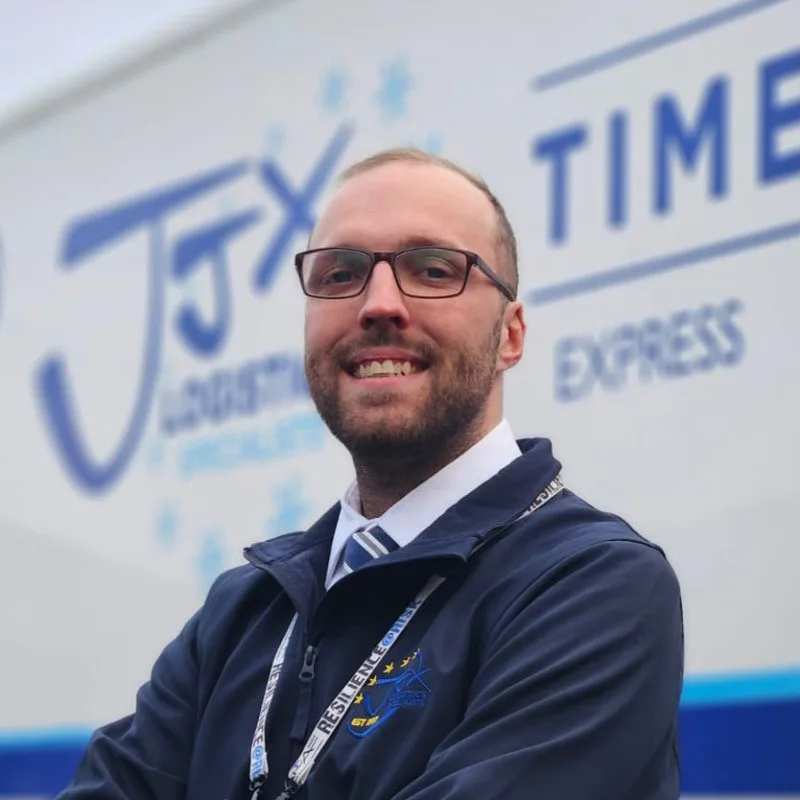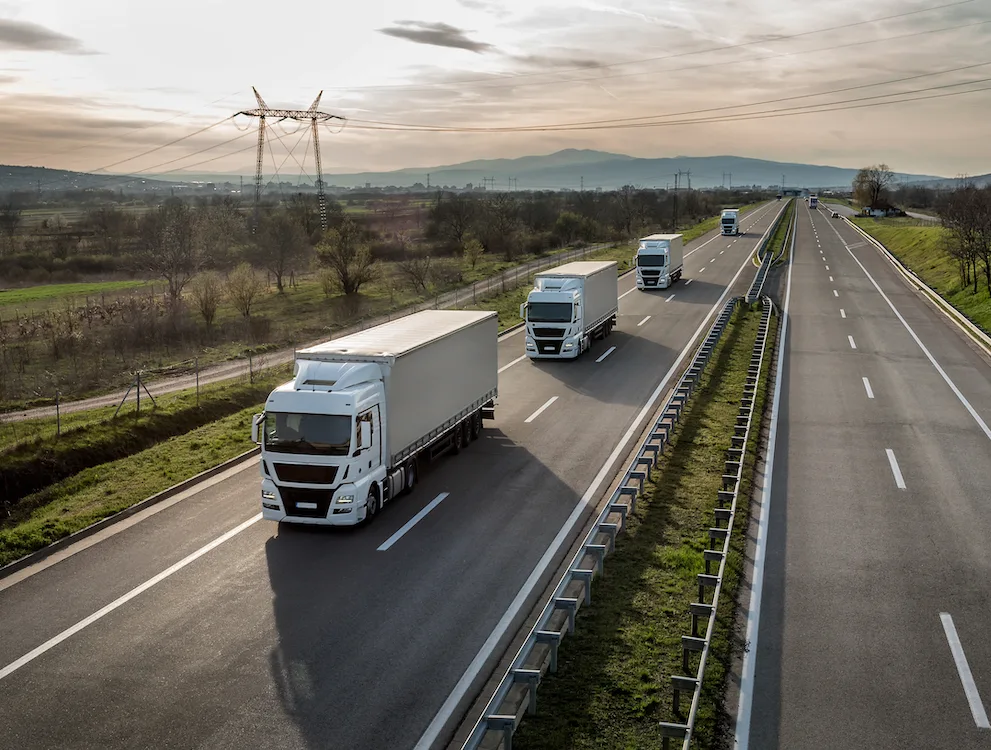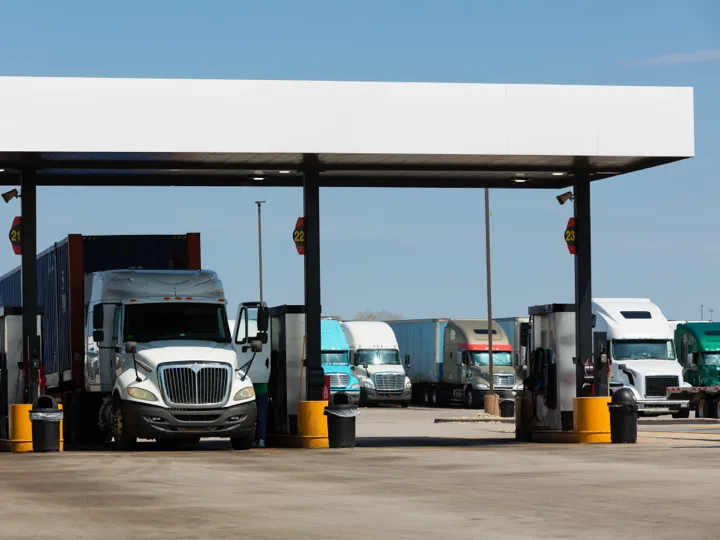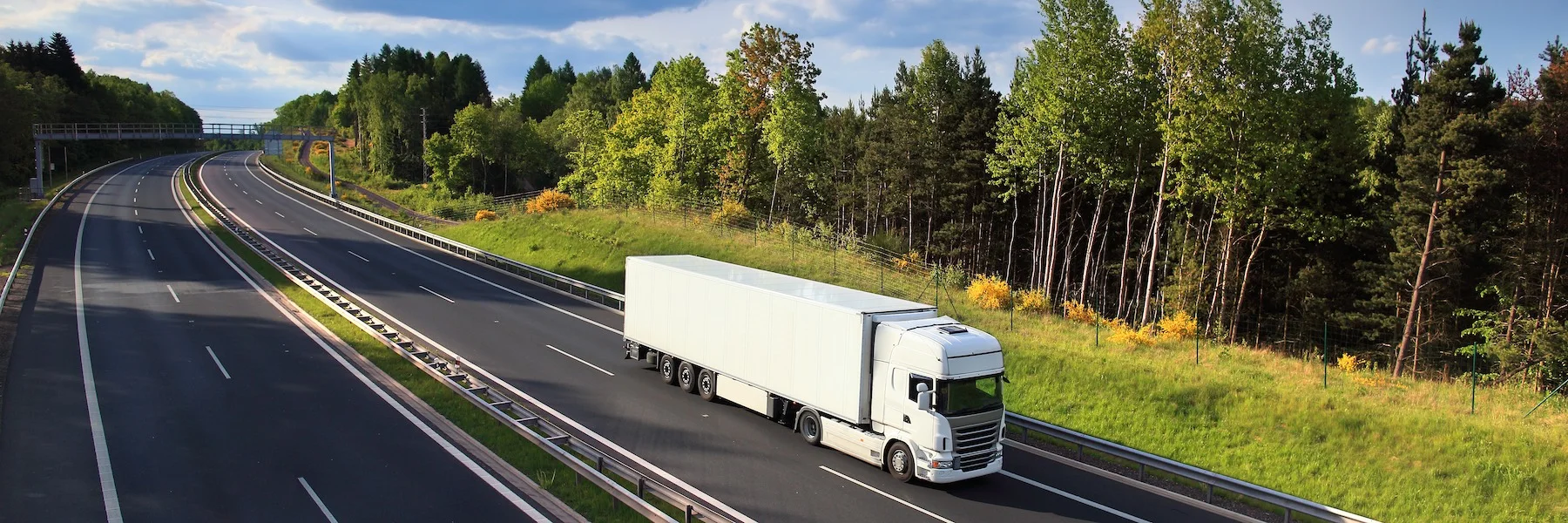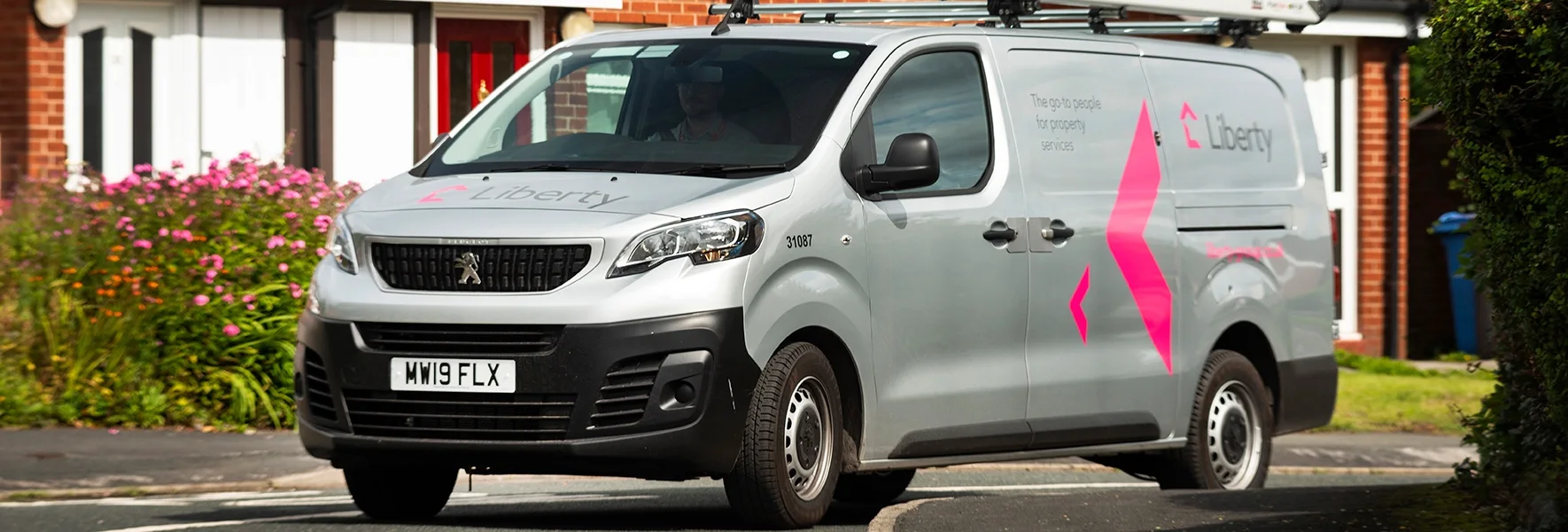Efficiency
Connected GPS asset tracking essential to protect cargo, drivers, and assets
March 22, 2024
Senior Vice President, EMEA
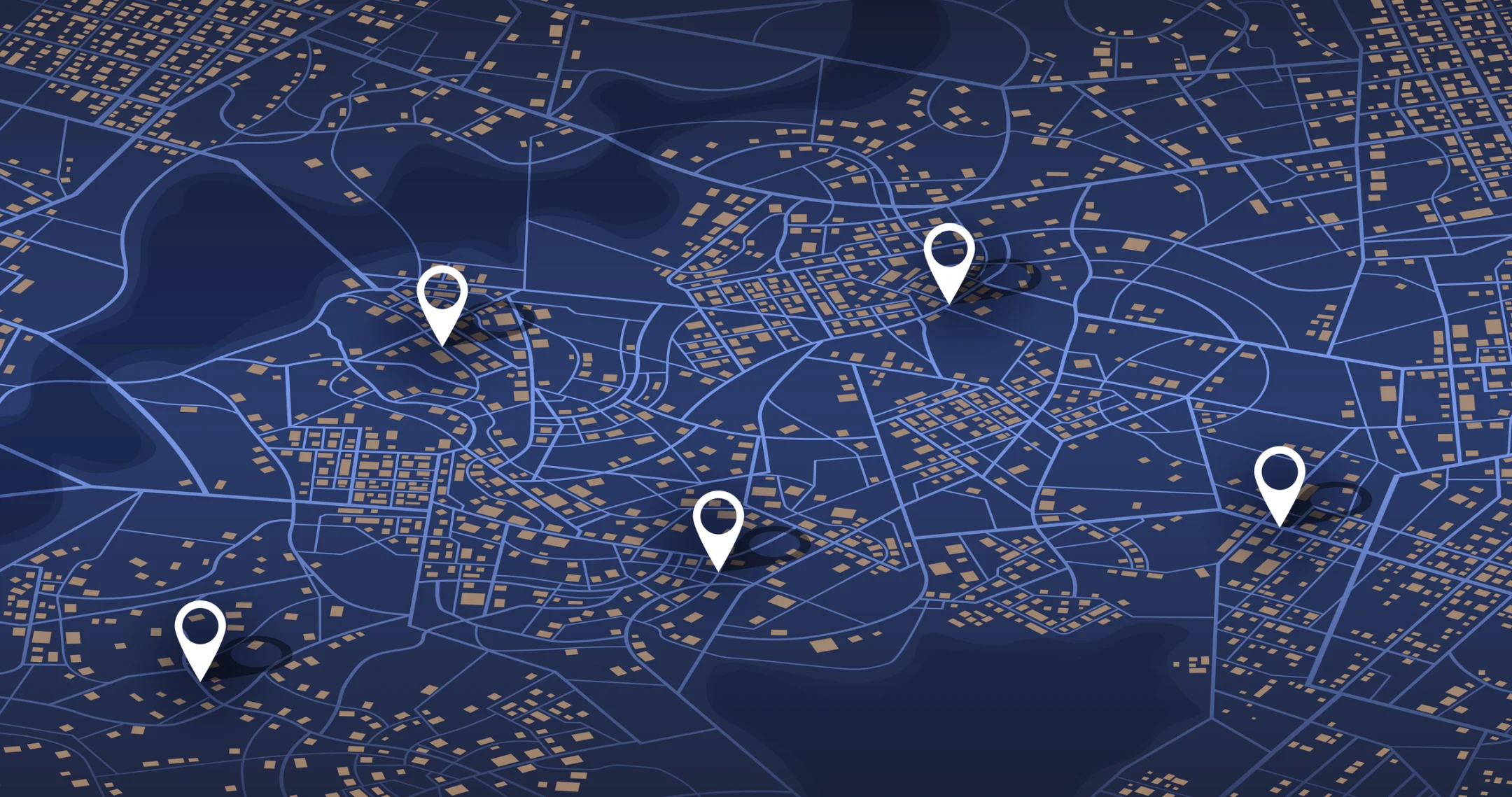
At the beginning of December 2023, a lorry load of cheese — with an estimated value of £50,000 — was reported stolen from a service station on the M5 just south of Worcester. A week or so earlier, a consignment of household goods was taken from a nearby trading estate.
Both incidents prompted local police to warn haulage firms to be on their guard against this unwanted spike in criminal activity.
“These high-value acquisitive crimes relate to all products that go into the supply chain, be they white goods, groceries, retail items or raw materials,” explained Detective Constable Dan Griffiths of the West Mercia Force Intelligence Bureau (FIB) in a statement.
He also recognised the impact such crimes have on hauliers and logistics firms and the long-term damage that can be done.
“There’s a reputational impact on large carriers too if their lorries are getting raided as they will lose custom,” said DC Griffiths, adding that it could also lead to an increase in fleet insurance premiums.
Of course, these are not isolated instances. According to the National Vehicle Crime Intelligence Service (NaVCIS) — which maps cargo crimes across the UK — there are more than 5,000 reports each year about similar offences.
Asset tracking vital in the fight against crime
So what can be done to address a crime that is viewed by criminal gangs as a ‘low-risk high reward’ enterprise?
One approach is GPS vehicle tracking, which can pinpoint the location of lorries and vans at any time of the day or night. While the technology may have been around for a number of years, advances in GPS technology have made fleet tracking easier and more accurate.
Combined with cloud computing services and intelligent digital platforms, the result is a new generation of GPS fleet tracking. It provides fleet managers with a powerful tool to help them manage their vehicles and assets in real time giving them a birds-eye view of their operation regardless of location.
Real-time monitoring ensures supply chain integrity
To provide even greater security, vehicle sensors — such as cargo temperature monitoring and those that can detect if a trailer door is opened — can be added to provide alerts straight to head office in the event of a problem.
Together, not only do these improve security on a day-to-day basis, it is also a step forward in ensuring a more strategic approach to supply chain integrity.
The inclusion of a panic button is an easy-to-use accessory that allows drivers to alert fleet managers in the event of an emergency or compromising situation.
When pushed, the button immediately sends an alert to managers with captured video footage — for customers equipped with a Samsara AI dash cam — that can help alert emergency services and provide evidence in any investigation after an incident.
Regardless of whether the technology has to be used in the event of a real incident, the fact that a fleet is covered and protected in this way provides reassurance to drivers, managers, and customers.
But GPS tracking technology isn’t used solely to track cargo and protect it from would-be thieves.
Tracking to protect valuable vehicles and machinery
In areas such as construction, engineering, and heavy industry, it can also be used to track assets such as shipping containers, machinery, plant, and other heavy equipment.
A tracker fixed to each piece of equipment linked to Samsara’s Connected Operations Platform gives managers 24/7 oversight of every piece of equipment via a single dashboard.
If something moves when it shouldn’t, a ‘wake on motion’ sensor sends a message immediately to Samsara’s dashboard to alert managers. If equipment has been mislaid, the same GPS technology can pinpoint the exact location of an asset. Geofence alerts keep powered equipment safe and on task with real-time visibility.
There’s little doubt that fleets in the UK are increasingly looking at next-generation asset tracking to help keep tabs on equipment and improve the operational efficiency of their business. In the US, though, it’s already proven to be a game-changer.
Asset tracking boosts operational efficiency
California-based Bragg Companies is one of the largest integrated service organisations in the construction industry. With more than 2,000 assets, cranes, and vehicles across five states, knowing the location of every piece of equipment is a logistical headache.
“Our equipment is on job sites for extended periods of time,” explained Joe Frigo, Senior Business Systems Analyst. “So there is always a manual effort of trying to locate missing equipment.
Before Samsara, the construction giant used spreadsheets, whiteboards, and ‘a lot of paper’ to help track their assets. It also used multiple GPS solutions before consolidating all its asset tracking on the Samsara platform.
That meant consolidating all the firm’s information and monitoring from one source.
“It's about leveraging the data to help improve our operations,” said Frigo. “Now we leverage the geofence locations to make sure that equipment is still on a job site. That it hasn't been left behind. That it hasn't walked off in the middle of the night.”
Whether it’s protecting cargo, drivers, vehicles and other assets, GPS tracking isn’t just about keeping a watchful eye over things. When it’s plugged into Samsara’s smart connected operations platform, tracking can also help to optimise operations, boost productivity and, improve efficiency.
And in the case of cargo thefts from trailers and vans, the more hauliers that adopt the technology, the greater the chance they have of blunting the activities of criminals that rely on items that ‘fell off the back of a lorry’.




